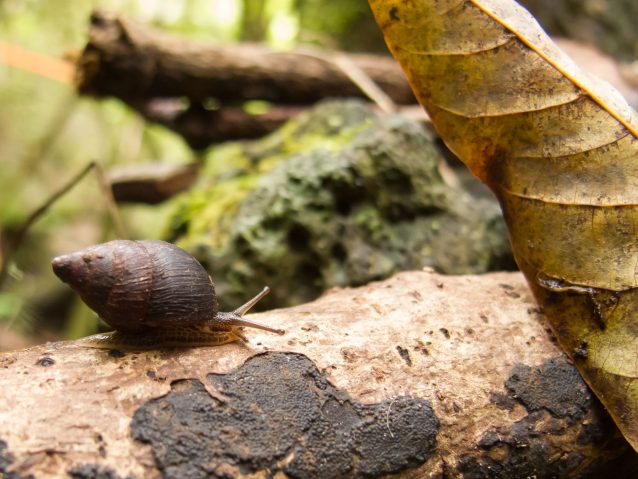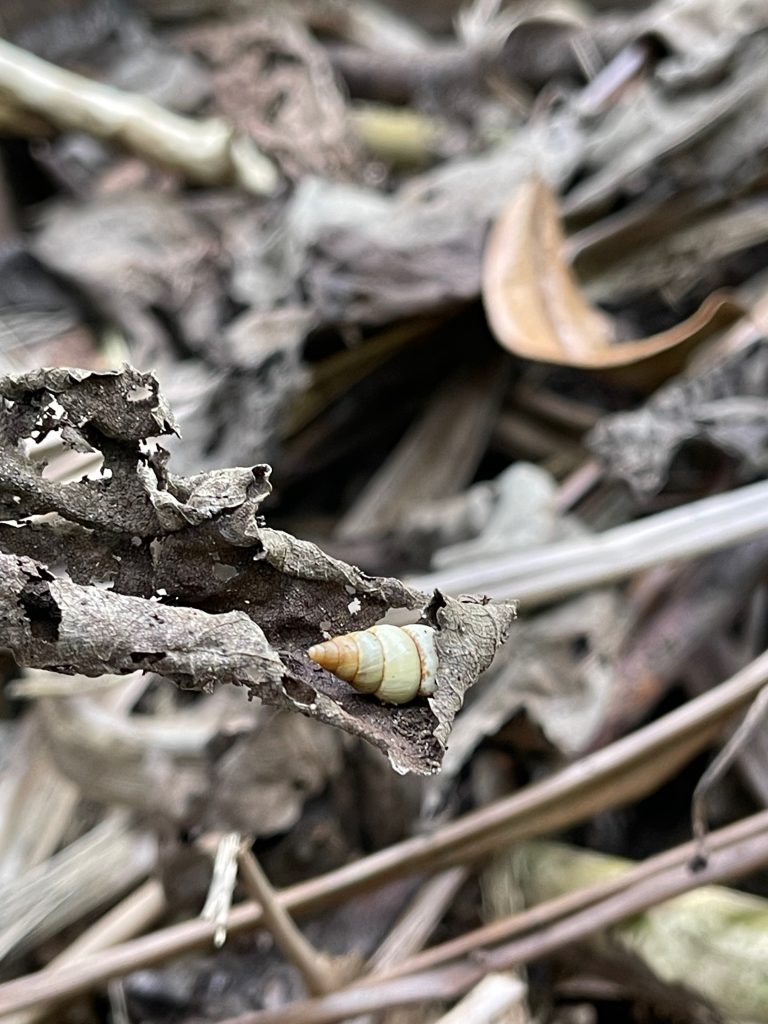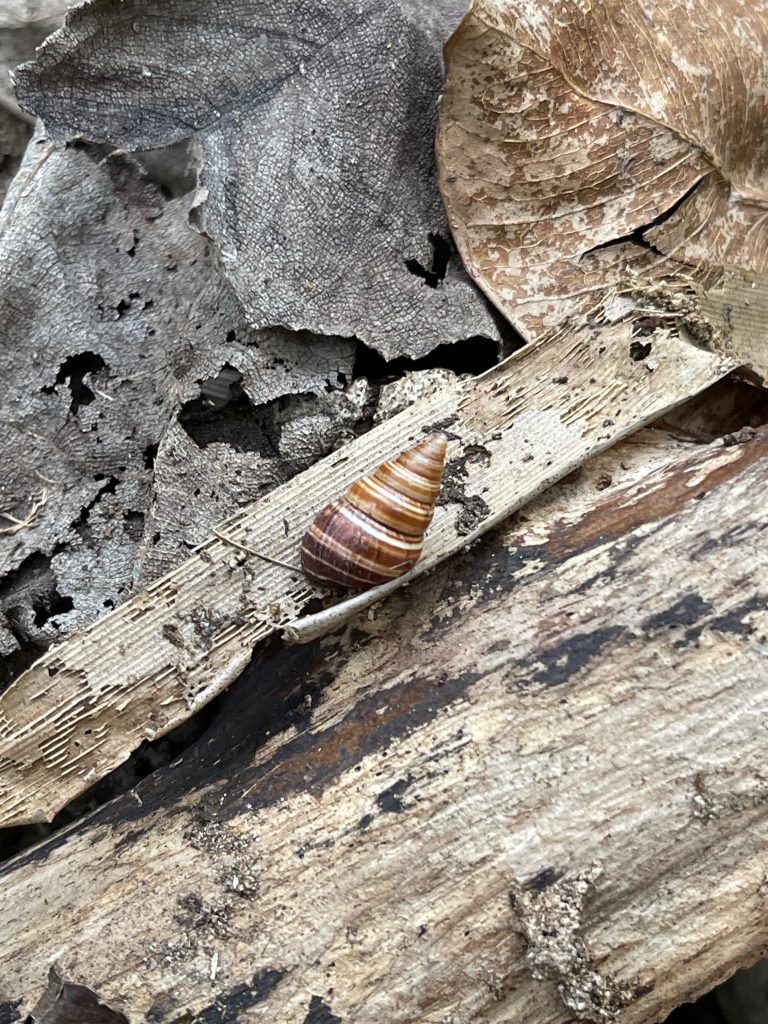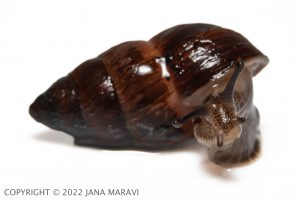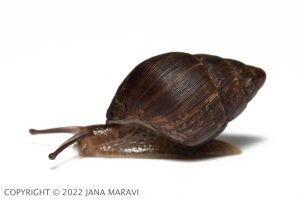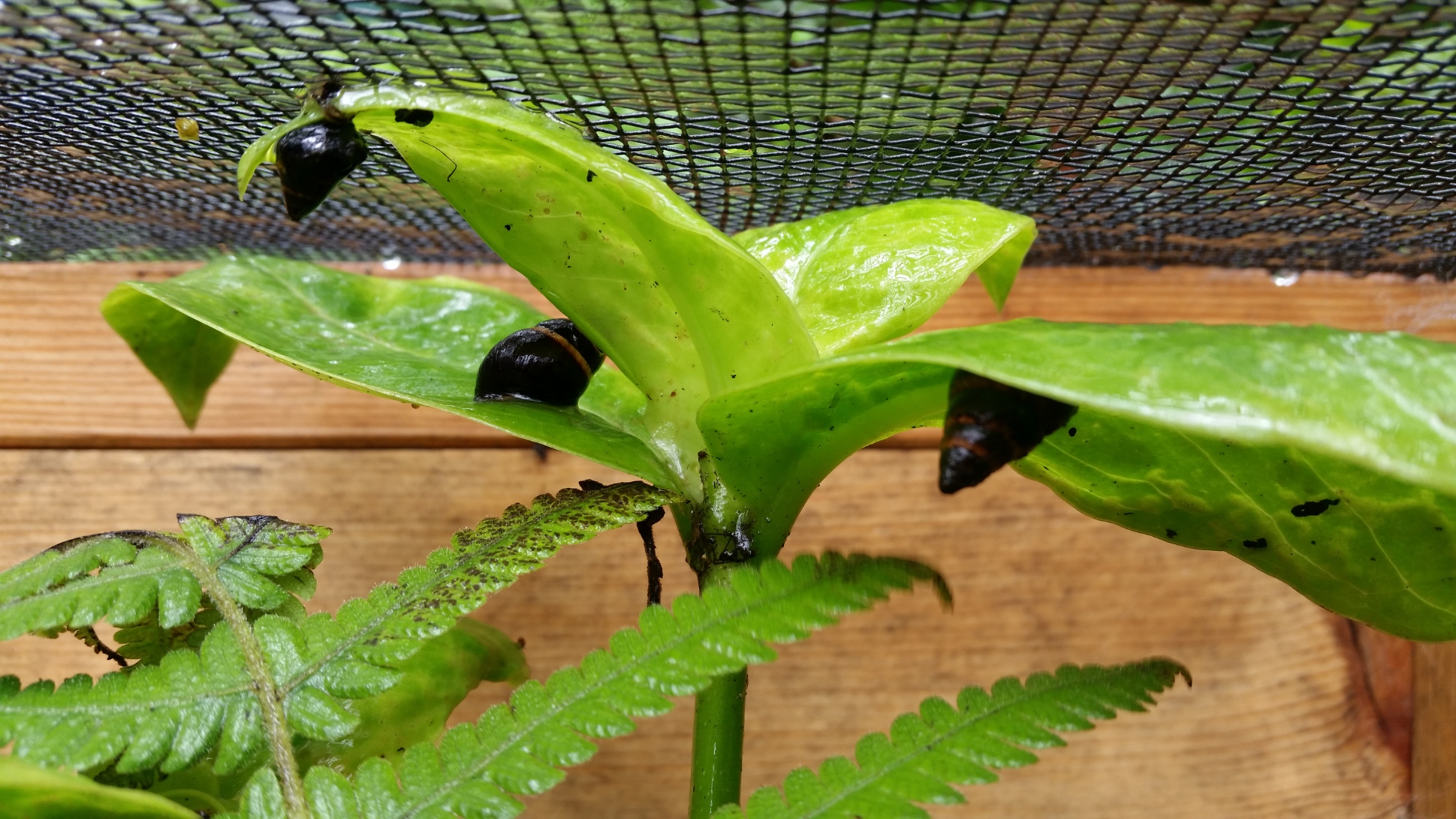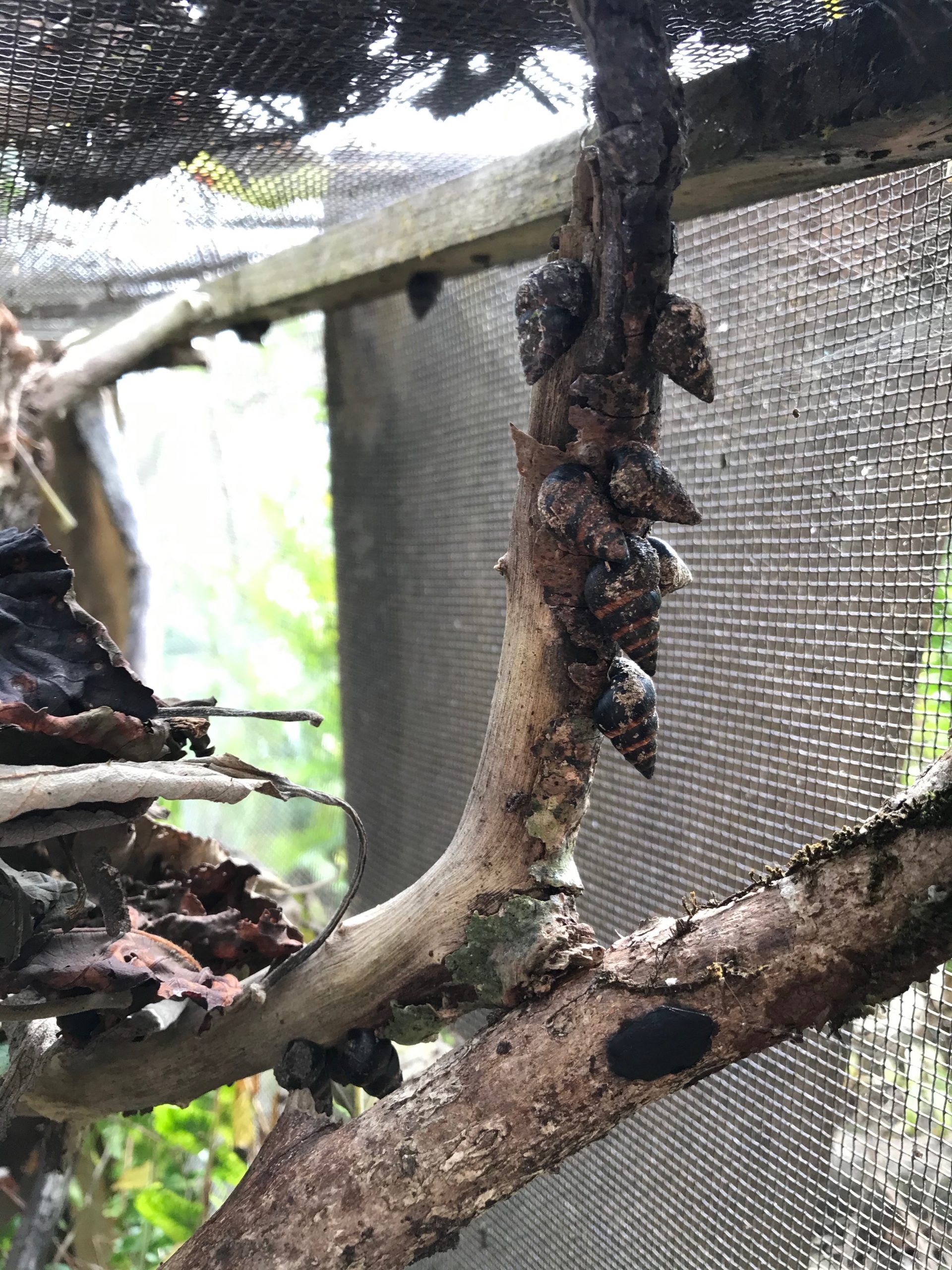Amastra
Amastra cylindrica
SPECIES STATUS:
SPECIES INFORMATION:
DISTRIBUTION:
LOCATION AND CONDITION OF KEY HABITAT:
THREATS: Wild populations are susceptible to predation by rats (Rattus rattus, Rattus exulans, and Rattus nowegicus), Euglandina rosea and chameleons (Chamaeleo jacksonii). Low reproductive rates, predation and limited dispersal abilities all increase the vulnerability of populations to demographic and environmental stochasticity such as inbreeding, loss of genetic diversity, hurricanes, high-winds, fires and drought.
Amastra goniops

SPECIES STATUS:
SPECIES INFORMATION:
DISTRIBUTION:
LOCATION AND CONDITION OF KEY HABITAT:
THREATS: Wild populations are susceptible to predation by rats (Rattus rattus, Rattus exulans, and Rattus nowegicus), Euglandina rosea and chameleons (Chamaeleo jacksonii). Low reproductive rates, predation and limited dispersal abilities all increase the vulnerability of populations to demographic and environmental stochasticity such as inbreeding, loss of genetic diversity, hurricanes, high-winds, fires and drought.
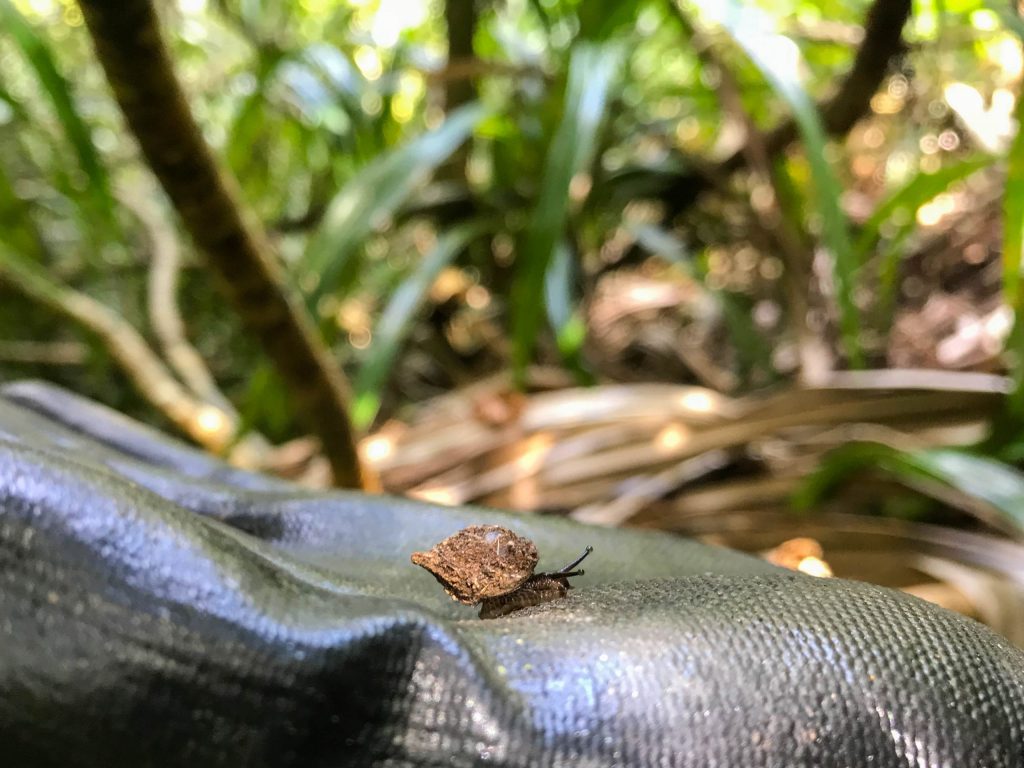
Amastra intermedia

SPECIES STATUS:
- This species is not federally or state listed as endangered
- IUCN Red List Ranking – Critically endangered
SPECIES INFORMATION: Amastra intermedia is endemic to the Wai‘anae Mountains of Oʻahu and although it is not federally or state listed as Endangered, it is one of the rarest mollusks in the world. This species was bottle-necked down to one wild individual. fortunately a captive population existed. These species can now only be found in protected habitat in the central Waiʻane Mountains. A. intermedia is ground-dwelling and feeds on decaying leaf material.
LOCATION AND CONDITION OF KEY HABITAT: Formally widespread in the Wai‘anae Mountains, this species now only exists in protected habitat in the central Wai‘anae range.
THREATS: Wild populations are susceptible to predation by rats (Rattus rattus, Rattus exulans, and Rattus nowegicus), Euglandina rosea and chameleons (Chamaeleo jacksonii). Low reproductive rates, predation and limited dispersal abilities all increase the vulnerability of populations to demographic and environmental stochasticity such as inbreeding, loss of genetic diversity, hurricanes, high-winds, fires and drought.
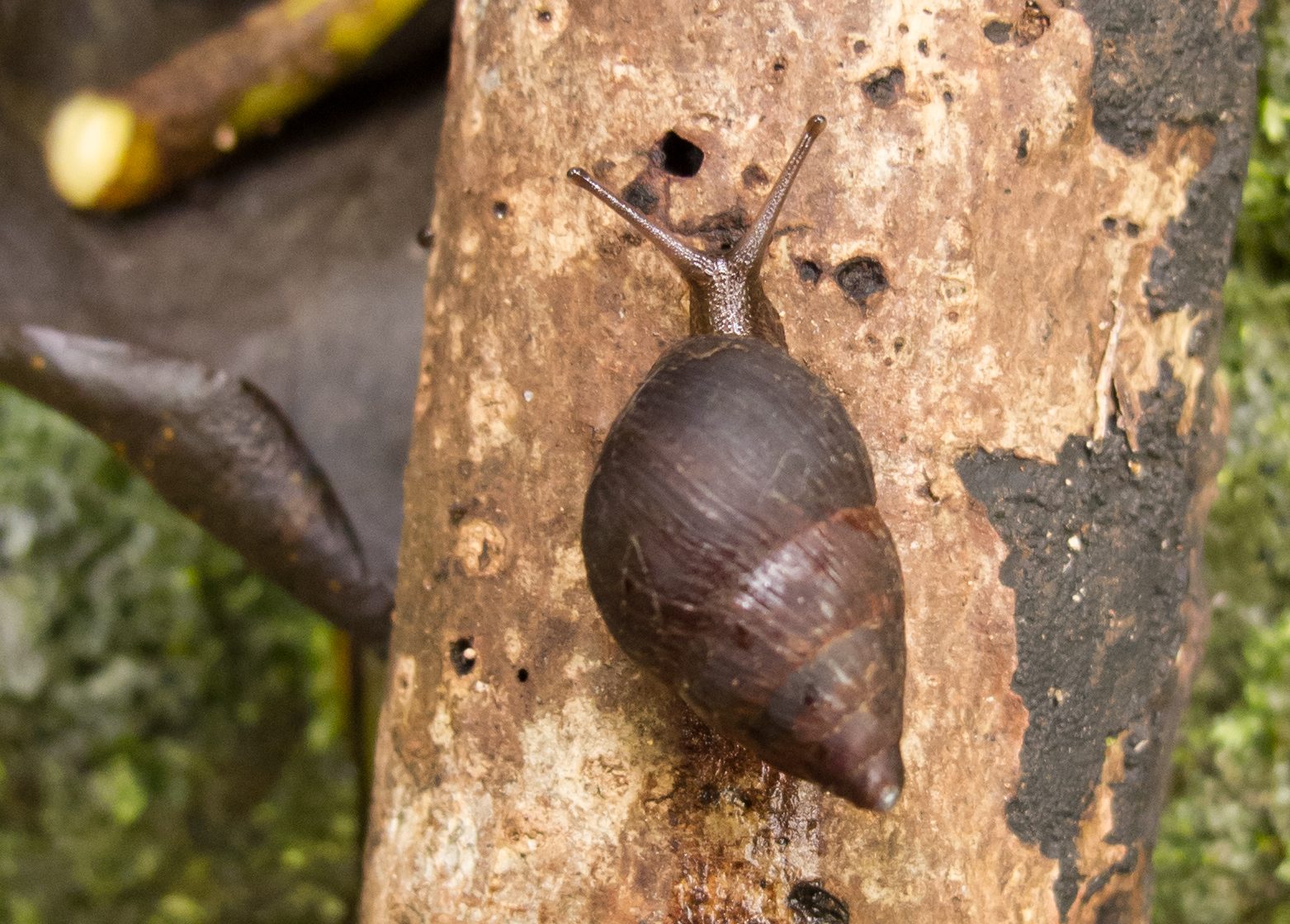
Amastra micans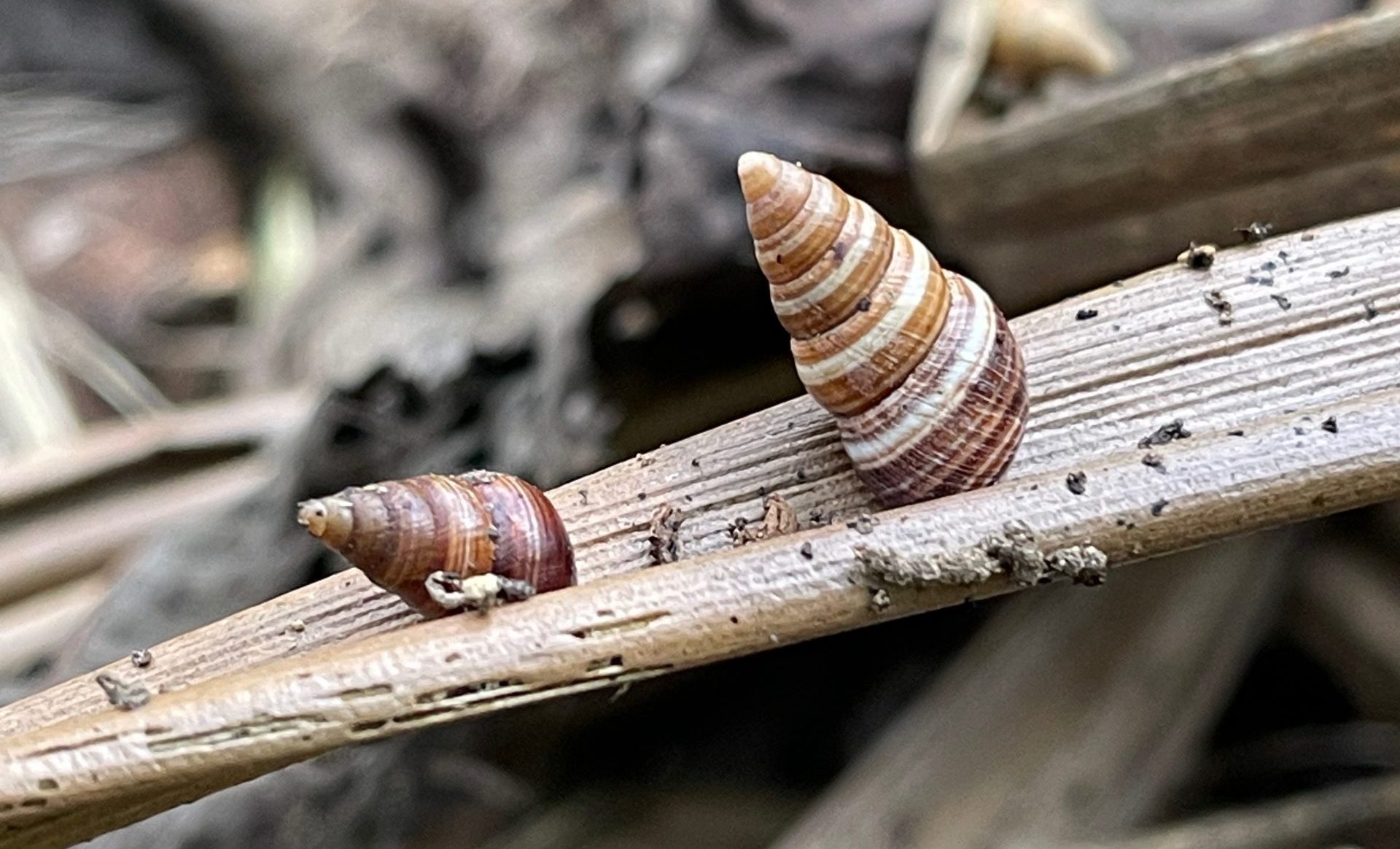
SPECIES STATUS:
- This species is not federally or state listed as endangered
- IUCN Red List Ranking – Critically endangered
SPECIES INFORMATION: Amastra micans is endemic to the Wai‘anae Mountains of Oʻahu and although it is not federally or state listed as Endangered, it is also one of the rarest mollusks in the world. After successful captive rearing efforts in partnership with the Bernice Pauahi Bishop Museum this species has recently been reintroduced to protected habitat in the central Waiʻanae Mountains. A. micans is ground-dwelling and feeds on detritus, cycling important nutrients back into the soil.
DISTRIBUTION:
LOCATION AND CONDITION OF KEY HABITAT: Formally widespread in the Wai‘anae Mountains, this species now only exists in protected habitat in the central Wai‘anae range.
THREATS: Wild populations are susceptible to predation by rats (Rattus rattus, Rattus exulans, and Rattus nowegicus), Euglandina rosea and chameleons (Chamaeleo jacksonii). Low reproductive rates, predation and limited dispersal abilities all increase the vulnerability of populations to demographic and environmental stochasticity such as inbreeding, loss of genetic diversity, hurricanes, high-winds, fires and drought.
Amastra rubens
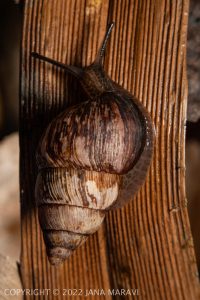 |
|
SPECIES STATUS:
SPECIES INFORMATION:
DISTRIBUTION:
LOCATION AND CONDITION OF KEY HABITAT:
THREATS: Wild populations are susceptible to predation by rats (Rattus rattus, Rattus exulans, and Rattus nowegicus), Euglandina rosea and chameleons (Chamaeleo jacksonii). Low reproductive rates, predation and limited dispersal abilities all increase the vulnerability of populations to demographic and environmental stochasticity such as inbreeding, loss of genetic diversity, hurricanes, high-winds, fires and drought.
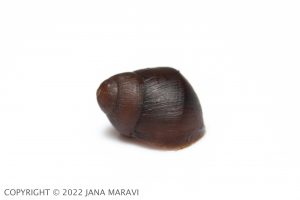 |
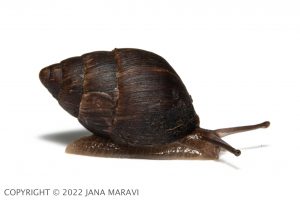 |
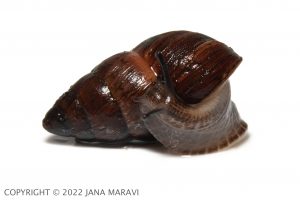 |
Amastra spirizona 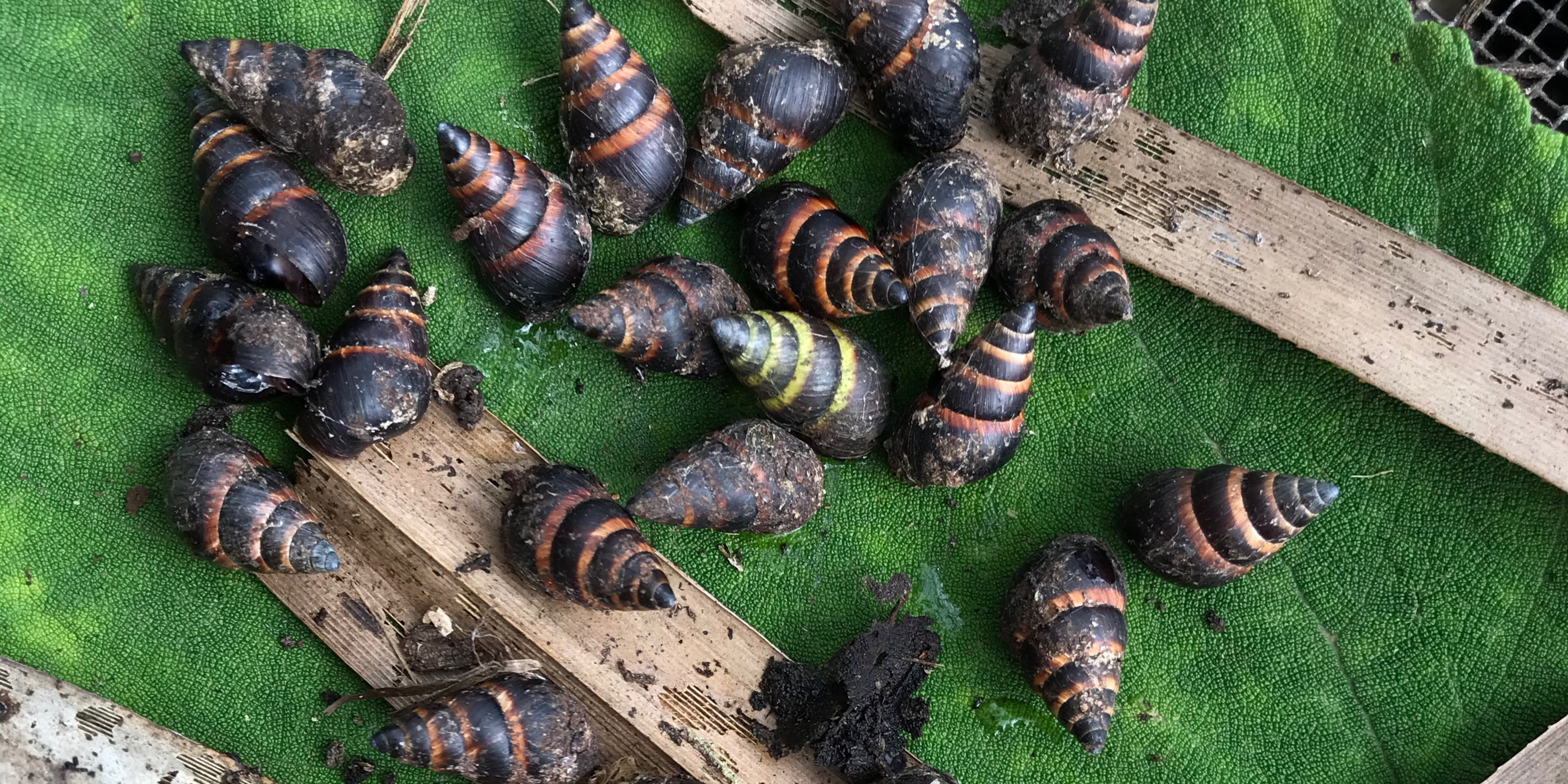
SPECIES STATUS:
- This species is not federally or state listed as endangered
- IUCN Red List Ranking – Critically endangered
SPECIES INFORMATION: Amastra spirizona are endemic to the northern Wai‘anae mountains. At the beginning of the SEP program’s existence this species was monitored in situ until the population crashed most likely due to predator incursion in 2016. Currently they persist in protected predator free habitat where we monitor the population monthly.
DISTRIBUTION: Prior to our management efforts A. spirizona was known to persist in a single valley on the island of O‘ahu.
LOCATION AND CONDITION OF KEY HABITAT: Amastra spirizona are semi-arboreal, often residing in ekaha ferns and grazing on the leaf litter of ōpuhe (Urera spp.), māmaki (Pipturis spp.), and ‘ie‘ie (Freycinetia spp.) leaves.
THREATS: Wild populations are susceptible to predation by rats (Rattus rattus, Rattus exulans, and Rattus nowegicus), Euglandina rosea and chameleons (Chamaeleo jacksonii). Low reproductive rates, predation and limited dispersal abilities all increase the vulnerability of populations to demographic and environmental stochasticity such as inbreeding, loss of genetic diversity, hurricanes, high-winds, fires and drought.
Amastra variegata
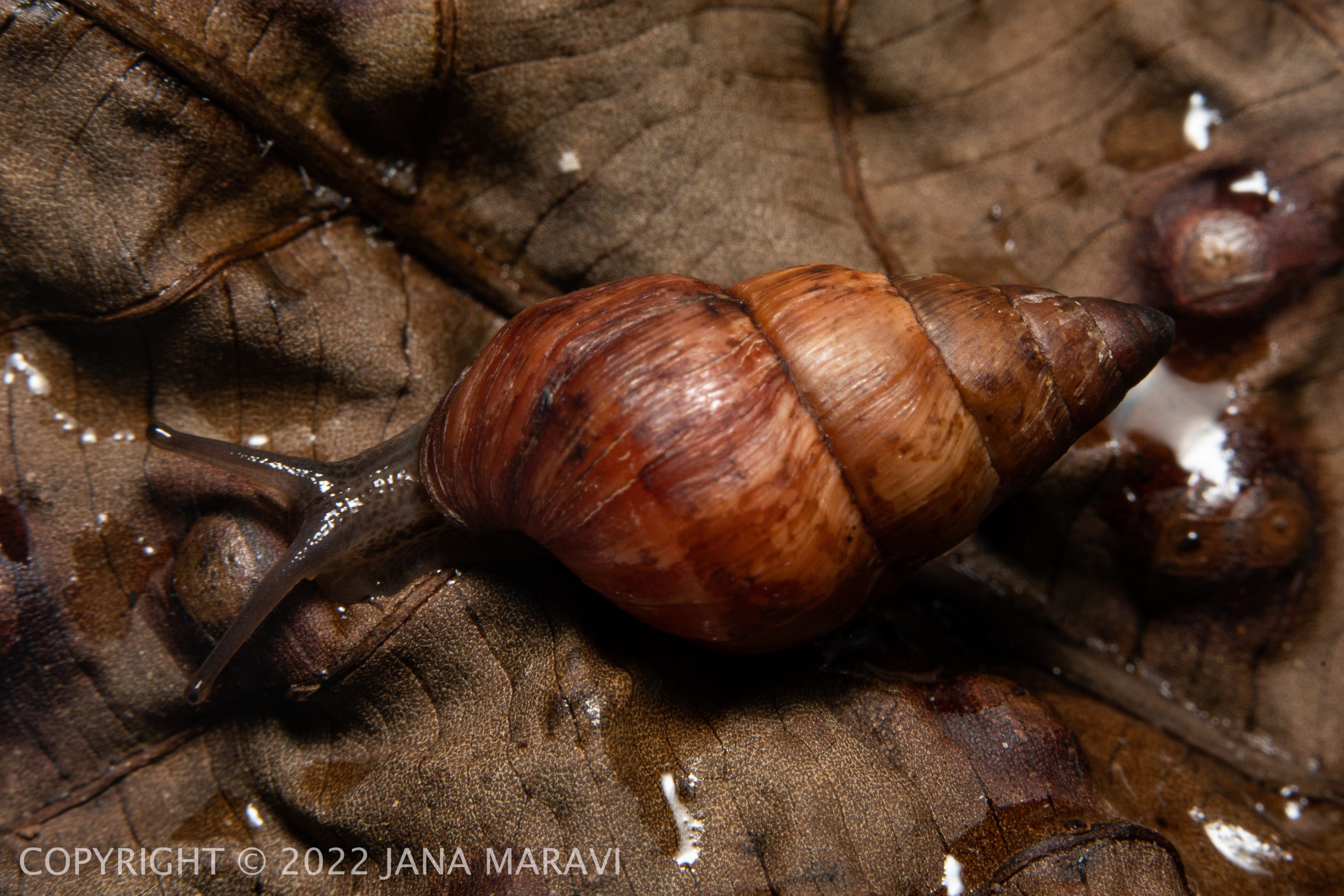
SPECIES STATUS:
- This species is not federally or state listed as endangered
- IUCN Red List Ranking – Critically endangered
SPECIES INFORMATION: Amastra variegata is endemic to the Wai‘anae Mountains of Oʻahu and although it is not federally or state listed as Endangered, it is also one of the rarest mollusks in the world. This species was believed to be extinct until SEPP and our partners at the Army Natural Resources Program on O‘ahu recently rediscovered a population in the northern Wai‘anae. Founding members were collected for captive rearing where we are working to bolster their numbers for their reintroduction to protected habitat in the Wai‘anae mountains.
DISTRIBUTION: The known extant Amastra variegata come from a single steep gulch in the Northern Wai‘anae.
LOCATION AND CONDITION OF KEY HABITAT: This species was recently re-discovered at the bottom of a steep gully off the northern Wai‘anae. A. variegata dwell on the damp and rocky forest floor under ōpuhe (Urera spp.) and olonā (Touchardia spp.).
THREATS: Wild populations are susceptible to predation by rats (Rattus rattus, Rattus exulans, and Rattus nowegicus), Euglandina rosea and chameleons (Chamaeleo jacksonii). Low reproductive rates, predation and limited dispersal abilities all increase the vulnerability of populations to demographic and environmental stochasticity such as inbreeding, loss of genetic diversity, hurricanes, high-winds, fires and drought.
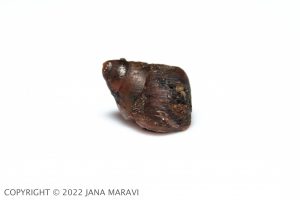 |
 |
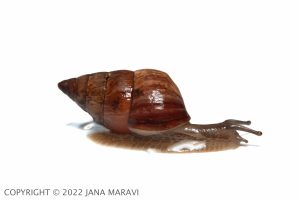 |
